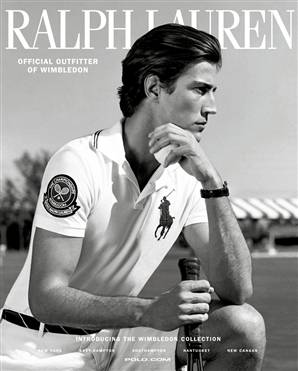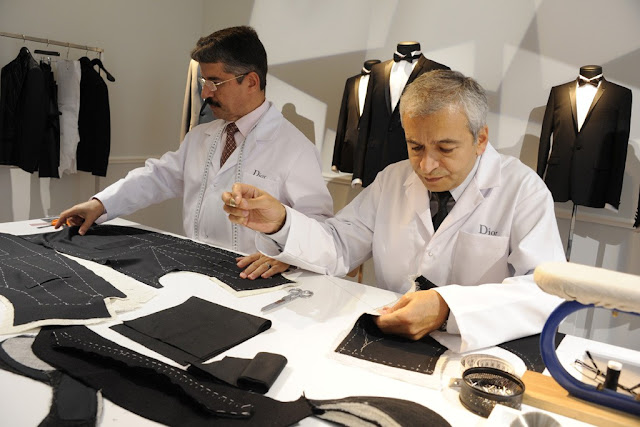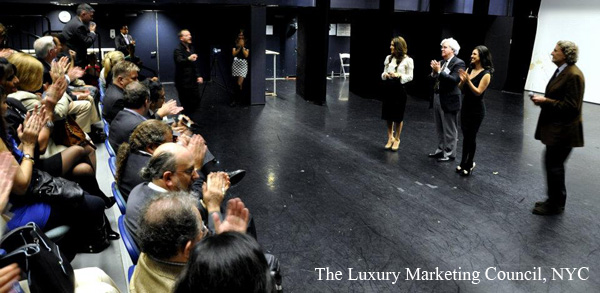In 1967, Ralph Lauren took a loan from Norman Hilton and established Polo Fashions. However, Ralph Lauren wanted more control with his business and decided to establish the Polo and Ralph Lauren brand. Two years later, Ralph Lauren was the first male fashion designer to open a store at Bloomingdale. His store and menswear was very successful and decided to take the risk to launch a women’s collection in 1971. Ralph Lauren started to become famous for its polo player logo on his shirts. After years of success, difficulties, and guidance, Ralph Lauren continued expansion all around the globe. He also established other brands such as the Ralph Lauren Black Label and Purple Label. to attract more variety of consumers. The main reason behind Ralph Lauren’s success is that he designs clothes that is stylish and consistent. “I believe in clothes that last, that are not dated in a season. The people who wear my clothes don’t think of them as fashion.”
http://2.bp.blogspot.com/I0BnY5LN3bM/TprSuZg1_pI/AAAAAAAABqM/MD0Idz3WvKQ/s640/ralph_lauren+%25281%2529.jpg
http://www.businesswings.co.uk/articles/Ralph-Lauren-empire-builder?pageNum=1
http://retailindustry.about.com/od/topusretailcompanies/a/retailerquotes.htm








